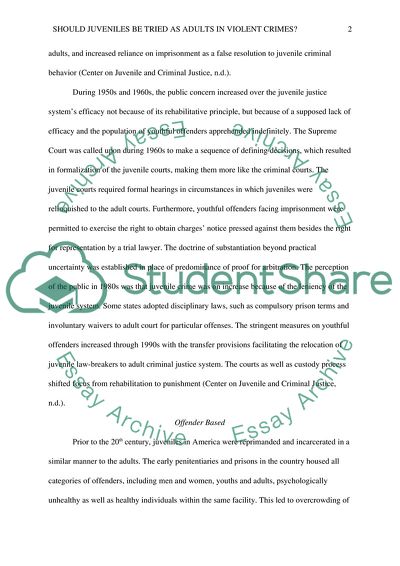Cite this document
(Should Juveniles Be Treated as Adults in Violent Crimes Research Paper, n.d.)
Should Juveniles Be Treated as Adults in Violent Crimes Research Paper. Retrieved from https://studentshare.org/law/1788760-should-juveniles-be-tried-as-adults-in-violent-crimes
Should Juveniles Be Treated as Adults in Violent Crimes Research Paper. Retrieved from https://studentshare.org/law/1788760-should-juveniles-be-tried-as-adults-in-violent-crimes
(Should Juveniles Be Treated As Adults in Violent Crimes Research Paper)
Should Juveniles Be Treated As Adults in Violent Crimes Research Paper. https://studentshare.org/law/1788760-should-juveniles-be-tried-as-adults-in-violent-crimes.
Should Juveniles Be Treated As Adults in Violent Crimes Research Paper. https://studentshare.org/law/1788760-should-juveniles-be-tried-as-adults-in-violent-crimes.
“Should Juveniles Be Treated As Adults in Violent Crimes Research Paper”, n.d. https://studentshare.org/law/1788760-should-juveniles-be-tried-as-adults-in-violent-crimes.


